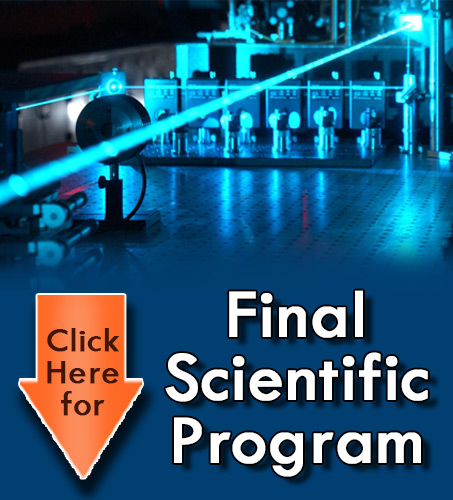
Hua Guan
Chinese Academy of Sciences, China
Title: A comparison of two 40Ca+ single ion optical clocks at 5×10-17
Biography
Biography: Hua Guan
Abstract
A comparison of two optical clocks and a detailed study of the systematic frequency shift s of each 40Ca+ single-ion optical clock were carried out in WIPM. A Ti:sapphire laser at 729 nm is frequency stabilized to an ultra-stable ultra-low thermal expansion coefcient (ULE) cavity by means of Pound-Drever-Hall method. 1 Hz linewidth and 2×10−15 frequency stability at 1-100 s is realized. Which is used for the probe of 40Ca+ optical transition. Aft er compensating for the micromotion, the two optical clocks both reach an uncertainty level of a few parts in 10−17. Th e dominant source of uncertainty is the blackbody radiation (BBR) shift aft er minimizing the micromotion-induced shift s. Th e BBR shift is evaluated by controlling and measuring the temperature at the trap center. With a measurement over one month, the frequency diff erence between the two clocks is measured to be 3.2 (5.5)×10−17. Due to improvement of the clock laser and better control of the optical and electromagnetic feld geometry and the laboratory conditions, a fractional stability of 7×10−17 in 20,000 s of averaging time is achieved. Th e absolute frequency of the 40Ca+ 4s 2S1/2- 3d 2D5/2 clock transition is measured to be 411 042 129 776 401.7 (1.1) Hz, with a fractional uncertainty of 2.7 × 10−15 using the GPS satellites as a link to the SI second.

